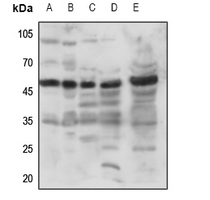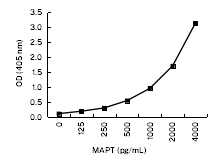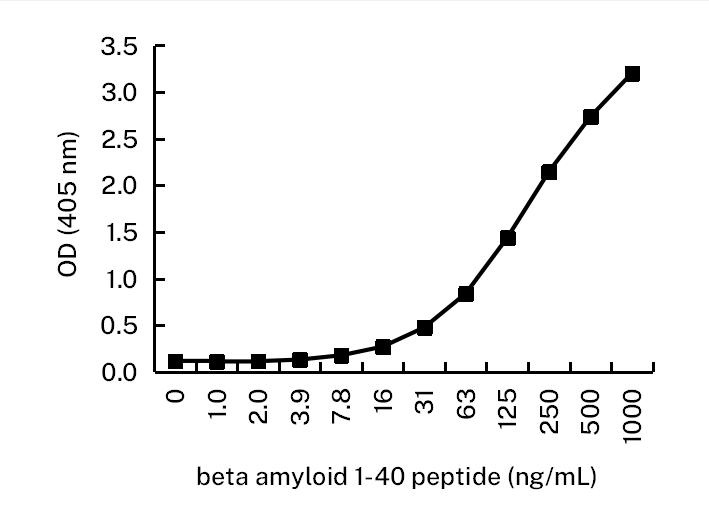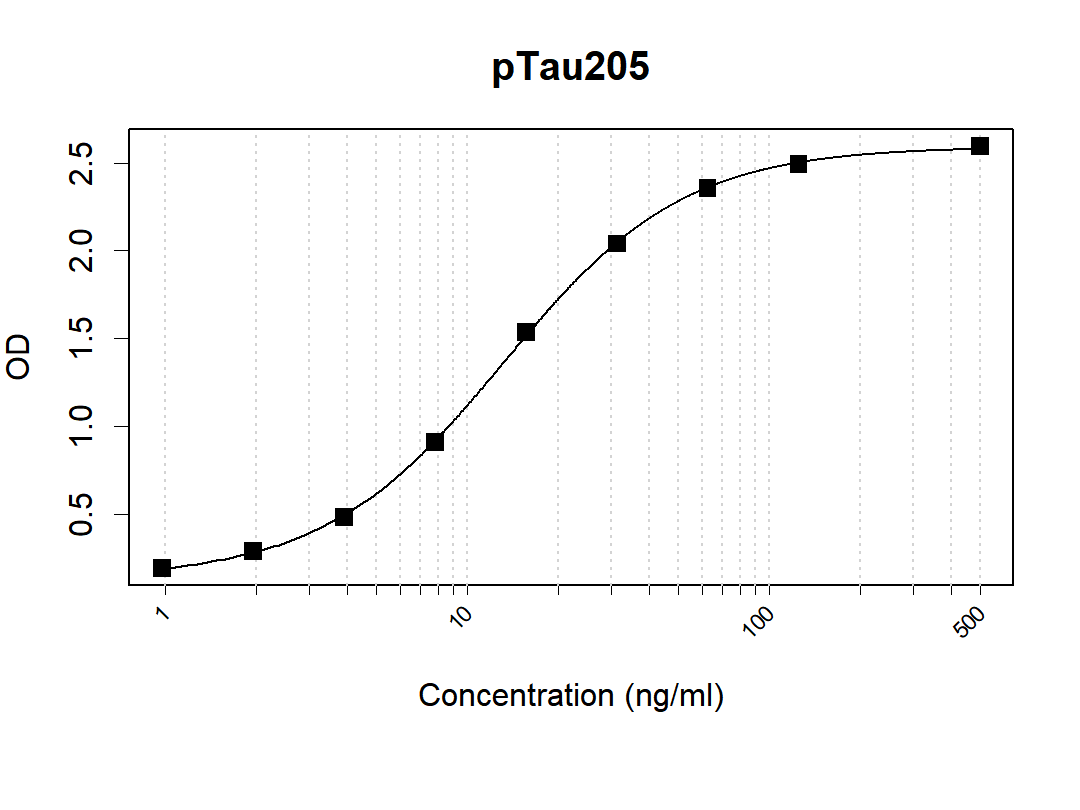anti-EpCAM antibody [B29.1 (VU-ID9)]
CAT.NO. : ARG54641
US$ Please choose
US$ Please choose
*产品价格可能会有所调整,请以品牌方官网实时更新的价格为准,以确保准确性。
概述
| 产品描述 | Mouse Monoclonal antibody [B29.1 (VU-ID9)] recognizes EpCAM |
|---|---|
| 反应物种 | Hu |
| 应用 | FACS, ICC/IF, IHC-P, IP |
| 宿主 | Mouse |
| 克隆 | Monoclonal |
| 克隆号 | B29.1 (VU-ID9) |
| 同位型 | IgG1 |
| 靶点名称 | EpCAM |
| 抗原物种 | Human |
| 抗原 | Raised against carcinoma cell line of the human origin. |
| 偶联标记 | Un-conjugated |
| 別名 | MIC18; EGP; Tumor-associated calcium signal transducer 1; Epithelial glycoprotein 314; KSA; Ep-CAM; Epithelial cell surface antigen; Adenocarcinoma-associated antigen; HNPCC8; Cell surface glycoprotein Trop-1; EGP40; TACSTD1; KS1/4; hEGP314; Major gastrointestinal tumor-associated protein GA733-2; M4S1; MK-1; Epithelial glycoprotein; KS 1/4 antigen; ESA; DIAR5; EGP314; Epithelial cell adhesion molecule; EGP-2; TROP1; CD antigen CD326 |
应用说明
| 应用建议 |
| ||||||||||
|---|---|---|---|---|---|---|---|---|---|---|---|
| 应用说明 | * The dilutions indicate recommended starting dilutions and the optimal dilutions or concentrations should be determined by the scientist. |
属性
| 形式 | Liquid |
|---|---|
| 纯化 | Purified Antibody |
| 缓冲液 | 1X PBS and 0.1% Sodium azide |
| 抗菌剂 | 0.1% Sodium azide |
| 浓度 | 0.2 mg/ml |
| 存放说明 | For continuous use, store undiluted antibody at 2-8°C for up to a week. For long-term storage, aliquot and store at -20°C or below. Storage in frost free freezers is not recommended. Avoid repeated freeze/thaw cycles. Suggest spin the vial prior to opening. The antibody solution should be gently mixed before use. |
| 注意事项 | For laboratory research only, not for drug, diagnostic or other use. |
生物信息
| 数据库连接 | |
|---|---|
| 基因名称 | EPCAM |
| 全名 | epithelial cell adhesion molecule |
| 背景介绍 | EpCAM is a carcinoma-associated antigen and is a member of a family that includes at least two type I membrane proteins. This antigen is expressed on most normal epithelial cells and gastrointestinal carcinomas and functions as a homotypic calcium-independent cell adhesion molecule. The antigen is being used as a target for immunotherapy treatment of human carcinomas. Mutations in this gene result in congenital tufting enteropathy. [provided by RefSeq, Dec 2008] |
| 生物功能 | EpCAM may act as a physical homophilic interaction molecule between intestinal epithelial cells (IECs) and intraepithelial lymphocytes (IELs) at the mucosal epithelium for providing immunological barrier as a first line of defense against mucosal infection. Plays a role in embryonic stem cells proliferation and differentiation. Up-regulates the expression of FABP5, MYC and cyclins A and E. [UniProt] |
| 研究领域 | Controls and Markers antibody; Epithelial Marker antibody; Circulating Tumor Cells BioMarker antibody |
| 预测分子量 | 35 kDa |
| 翻译后修饰 | Hyperglycosylated in carcinoma tissue as compared with autologous normal epithelia. Glycosylation at Asn-198 is crucial for protein stability. |
参考文献
克隆号文献
 New Products
New Products




![anti-EpCAM antibody [B29.1 (VU-ID9)]](/upload/image/20241105/8415bc38bc270b898ee2a90369a6c7fb.jpg)

















